Top 9 Best Coffee Plantations in Vietnam to Visit
When people think of Vietnam, they often picture crowded cities, scenic rice fields, or historic temples. But Vietnam also offers something unique for coffee lovers: the chance to explore the country’s rich coffee heritage right at the source. From the highlands of Son La and Da Lat to the vast plantations in Dak Lak, coffee is more than a drink here. It's a way of life, deeply connected to the land and the people who grow it. In this guide, we’ll take you on a journey through the top 9 best coffee plantations in Vietnam to visit, from North to South. You’ll learn about each region’s coffee style, farming methods, and what else to see along the way.
Coffee culture in Vietnam
If this is your first time hearing about coffee in Vietnam, you might be surprised to know how deeply it is rooted in daily life. Coffee is not just a normal drink here. It’s a habit, a social activity, and for many people, it’s the start of every morning. You’ll find coffee shops on almost every street, from small street stalls with low plastic chairs to modern cafés with air conditioning and Wi-Fi.
We drink coffee in many different ways. In the South, people love their cà phê sữa đá—strong black coffee with sweetened condensed milk served over ice. It’s sweet, creamy, and gives a serious caffeine kick. In Hanoi, the capital of the North, many people enjoy egg coffee. It’s a warm, rich drink made with whipped egg yolk and coffee. It sounds strange at first, but you should give it a try; it tastes like a dessert.
In the Central Highlands, especially in places like Buon Ma Thuot, people keep things strong and simple. Black coffee served hot or cold, sometimes with just a bit of sugar. It’s also the region where most of the coffee in Vietnam is grown. Here, the coffee is part of the culture in a different way; it’s tied to the land, the farmers, and the economy.
We think coffee in Vietnam is more than just a product. It tells you something about each region, and if you pay attention, it can help you understand the country better.
Where and how is coffee grown in Vietnam?
Vietnam is one of the biggest coffee producers in the world. Most of it comes from the Central Highlands, especially provinces like Dak Lak, Lam Dong, Gia Lai, and Kon Tum. The city of Buon Ma Thuot, in Dak Lak, is often called the coffee capital of Vietnam. If you visit this region, you’ll see endless rows of coffee trees on both sides of the road.
The main type of coffee grown here is Robusta. It’s strong, bitter, and has more caffeine than Arabica. Some farmers in places like Da Lat in Lam Dong Province grow Arabica, which has a lighter and more fruity taste. Arabica needs cooler temperatures and higher altitudes, so you won’t see it as much as Robusta.
The harvest season for Arabica usually starts in September and ends in November. The Robusta harvest takes place from October to January. Farmers usually pick the cherries by hand. Sometimes they use tools or shake the trees to make ripe cherries fall, but careful hand-picking is still the best method for quality.
After harvest, the cherries go through one of three main processing methods:
Natural (Dry) Method: Farmers dry the whole cherries under the sun for several days or even weeks. Once they’re dry, they remove the outer layers. This method uses less water and is common in areas with good sunshine. The flavor is often heavier and sometimes a bit wild or unpredictable. It’s the easiest and cheapest method, but it needs good weather and careful drying.
Washed (Wet) Method: In this process, the cherries are pulped, and the beans are washed to remove the sticky layer before drying. It takes more water and equipment, but it usually produces a cleaner, brighter taste. Many high-quality Arabica farms use this method. We think this gives the most balanced cup, especially for black coffee.
Honey (Pulped Natural) Method: This is something between natural and washed. Farmers remove the skin but keep some of the sticky layer (called mucilage) on the beans while they dry. This method can bring out sweetness and body in the final cup. It’s more common now among smaller farms in Da Lat and Son La that are trying to improve quality.
Once the beans are fully dry, they are hulled, sorted, and roasted. Some are sold in Vietnam, but most are exported. If you’ve had instant coffee abroad, chances are it was made with Robusta beans from Vietnam. But if you want a cup that shows the real potential of Vietnamese coffee, we recommend trying locally roasted Arabica or carefully processed Robusta from small farms.
If you visit a plantation, ask them how they process their beans. You’ll learn a lot, and the farmers are usually happy to share their knowledge.
Top 9 Best Coffee Plantations in Vietnam to Visit
Central Highlands
Most of Vietnam’s coffee comes from the Central Highlands. This region includes Dak Lak, Gia Lai, Dak Nong, Lam Dong, and Kon Tum. These provinces have the right mix of cool weather, rich volcanic soil, and elevations of between 300-500 m above sea level, which makes them perfect for growing coffee, especially Robusta. The days are sunny, and the nights are cool. Rain comes at the right time, and the soil holds moisture well. All of this helps the coffee trees grow strong and healthy.
Dak Lak
Dak Lak is the heart of Vietnam’s coffee industry. The province grows more coffee than any other part of the country. It’s mostly Robusta, and it’s known for its bold, strong flavor. You’ll find endless coffee farms around Buon Ma Thuot, the capital city. If you ever come here, you can visit local farms, talk to farmers, and see how the beans are dried under the sun.
But Dak Lak isn’t just about coffee. You can explore Yok Don National Park, see Elephant Waterfall, and learn about the Ede ethnic culture. The area feels authentic and not too crowded with tourists. We think it’s a good place if you want something different from the usual tourist spots.
Gia Lai and Kon Tum
These two provinces are north of Dak Lak. Like Dak Lak, they grow mainly Robusta coffee. The altitude is a bit lower in some areas, but the soil is still good. Gia Lai has beautiful landscapes, with tea and pepper farms as well. If you enjoy nature, you might like a visit to Bien Ho Lake or the Kon Ka Kinh National Park. Kon Tum is also home to many ethnic communities and traditional wooden churches.
These places are less developed for tourism, but that’s also what makes them special. You get to see rural Vietnam up close.
Dak Nong
Dak Nong also grows mostly Robusta. The province is mountainous and has cool weather all year. Many small farms here still use traditional methods. Coffee is an important crop, but so are pepper, macadamia, and avocados. You can also explore waterfalls like Gia Long and Dray Sap, and there are volcanic caves nearby that not many people know about.
Lam Dong (Da Lat)
Lam Dong is a bit different. Around Da Lat, the capital, the climate is cooler and the elevation is higher. This is one of the few areas in Vietnam where farmers can grow Arabica. Arabica here has a mild taste, less bitterness, and a fruity or floral note.
We like the Arabica from Da Lat because it tastes clean and smooth. Many small farms are now experimenting with honey-processed or natural-processed methods, which can bring out even more flavor.
Da Lat is also a tourist hotspot. You’ll find flower gardens, strawberry farms, pine forests, and cool weather. It’s a romantic place and quite different from the rest of Vietnam. Many local cafés roast and brew their own coffee, and we recommend trying a cup while sitting next to a window with mountain views.
Arabica growing regions
Besides Da Lat, Vietnam has a few other provinces that grow Arabica. These are mostly in the northwest and north-central parts of the country. The climate is colder, and the mountains are high, with maximum altitudes ranging from 1000 to 1400m above sea level. These places are a bit harder to reach, but they produce some of Vietnam’s best Arabica beans.
Son La and Dien Bien
These two provinces in the far northwest grow high-quality Arabica. You’ll find coffee farms on the mountain slopes. The beans here have a mild acidity and sometimes a chocolate or nutty taste. The harvest season can be tough because the terrain is steep, and the roads are narrow.
Son La and Dien Bien are not touristy areas, but they have strong ethnic traditions and beautiful landscapes. You can visit local markets, try homestays, and get to know the local way of life. We think these regions deserve more attention from both coffee lovers and travelers.
Nghe An and Quang Tri
In the north-central region, Nghe An and Quang Tri also grow Arabica, especially in higher areas like Ky Son (Nghe An) and Huong Hoa (Quang Tri). The quality is improving every year, thanks to support from local cooperatives and better farming methods.
These provinces are also known for their history. Quang Tri, for example, was a key area during the Vietnam War. You can visit places like the Vinh Moc Tunnels or the Hien Luong Bridge. The coffee farms here are smaller, but if you’re interested in both history and coffee, this region might surprise you.
Vietnam Coffee Farm Tour: From North to South
Hanoi – Starting Point
- Duration: 2–3 days
Start in Hanoi, where you’ll learn about how Vietnamese people drink coffee. Here, it’s all about café culture. Try:
- Egg coffee (cà phê trứng) at Giang Café
- Hanoi Train Street
You won’t see plantations here, but you’ll understand how coffee fits into everyday life. We recommend visiting Nguyen Coffee Supply, a roastery focused on single-origin Vietnamese beans.
Son La and Dien Bien – Northern Arabica
-
Duration: 3–4 days
This area produces some of Vietnam’s best Arabica. The farms are high up in the mountains, and the views are stunning. Most farms here are small and family-run.
- In Son La, visit Mai Son, Thuan Chau and Son La City
- In Dien Bien, visit cooperatives in Muong Ang
- You can try beans processed using washed and honey methods here
We think this part of the tour is for people who want something off the beaten path. There’s not much tourist infrastructure, but it feels real and unfiltered. Ask locals if you can tour a farm—they’re usually open to it.
Hue – Cultural Coffee Stop
-
Duration: 2 days
Hue doesn’t have large coffee plantations, but it has a unique coffee style. The city is known for salt coffee (cà phê muối), which is worth trying. We like Ca Phe Muoi near Thien Mu Pagoda.
Take a break from the farms and enjoy:
- The Imperial City
- Perfume River
- Traditional music and food
Then head to the Central Highlands. You can fly from Hue to Buon Ma Thuot or go overland via Kon Tum or Gia Lai (longer but scenic).
Central Highlands—Vietnam’s Coffee Capital
-
Duration: 4–5 days
This is the heart of Robusta production.
Dak Lak (Buon Ma Thuot)
- Visit large plantations like Trung Nguyen Legend or Eakmat Coffee Institute
- Go to Buon Don village or Yok Don National Park between coffee stops
- Try traditional Robusta, sun-dried under tarps
Gia Lai and Kon Tum
- Explore smaller farms and enjoy the highland scenery
- Kon Tum Coffee Festival (if your visit lines up) has farm tours and workshops
This region shows you the scale of Vietnam’s coffee industry. Some farms also grow pepper and cacao, so you can try those too.
Da Lat—The Arabica Hub
-
Duration: 3–4 days
Da Lat is famous for high-quality Arabica, grown at 1,500 meters above sea level. It has cooler weather and a French colonial vibe. The beans here are clean, fruity, and often washed or honey processed.
- Visit farms like La Viet, K’Ho Coffee, or The Married Beans
- Join a roasting or cupping workshop.
We love the vibe here. The city has great cafés, flower farms, pine forests, and scenic spots like Lang Biang Peak and Tuyen Lam Lake.
Ho Chi Minh City – Final Stop
-
Duration: 2–3 days
End your trip in Vietnam’s largest city. Like Hanoi, Saigon has a strong café culture but is more modern and global. You can:
- Visit roasters like Every Half, Bosgaurus, and Rang Rang
- Try Robusta espresso or blends made from Vietnamese beans
- Learn how young people are reinventing Vietnamese coffee traditions
You won’t find farms here, but it’s a great place to taste coffee from every region you just visited. You can also stock up on beans before you fly out.
Final tips for a Vietnam Coffee Farm Tour
Best time to go: October to February is ideal—it matches the harvest season and the weather is dry and cool.
How to get around: Combine sleeper buses, trains, flights, and private transfers. Northern provinces like Dien Bien or Ky Son may need a local guide.
What to bring: Sturdy shoes, a rain jacket (for farm visits), a reusable coffee tumbler, and curiosity.
Support locals: Buy beans directly from farms or small roasters. Ask where the coffee is from and how it was processed.
Conclusion
Exploring the top 9 best coffee plantations in Vietnam to visit is more than just tasting good coffee—it’s about meeting the farmers, learning their stories, and seeing the landscapes that shape every bean. From hidden Arabica farms in the mountains to vast Robusta fields in the Central Highlands, this journey gives you a deeper connection to Vietnam’s culture and people. If you’re ready to go beyond the usual tourist path, we invite you to book a coffee tour with us and experience Vietnam one cup at a time.
Send us your comments about : Top 9 Best Coffee Plantations in Vietnam to Visit
Required fields *
You might also be interested
Travel ideas
Need some inspiration? Discover some of the best tours in Vietnam, which are highly appreciated by our clients. An excellent starting point to help you choose the right trip to Vietnam, Laos, Cambodia, Burma or Thailand, whether you are traveling alone, as a couple, as a family or with friends.
And because this trip is yours, feel free to customize it as you wish!
Vietnam Cambodia Itinerary 14 Days
Hanoi – Hoa Binh – Mai Chau – Ninh Binh – Halong bay – Hue - Danang – Hoian – Saigon – Ben Tre - Can Tho – Saigon - Siem Reap Angkor - Tonlé Sap - Siem Reap – Ta Prohm - Departure
Vietnam 14 Day Itinerary
Vietnam 14-day itinerary covers the country’s top highlights and quintessential experiences for an unforgettable journey.
Honeymoon Tour Pakcages In Vietnam 12 Days
Saigon Arrival - City Tour – Mekong Delta – Danang – Hoian - by flight - Da Nang – Hanoi - by flight – Halong - overnight on junk – Departure
Authentic Hoang Su Phi Trekking Tours
Hoang Su Phi trekking tours take you to stunning terraces, meet few tourists, connect with locals and enjoy authentic culture.
Best Nha Trang Beach Tour 4 Days
Saigon/Hanoi – Nha Trang relaxation – Saigon/Hanoi – Departure
Mekong Delta Bike Tour Itinerary 7 Days
Cycle through the Mekong Delta in 7 days, discovering floating markets, orchards, craft villages, and tranquil green islands.
Are you interested in this tour?



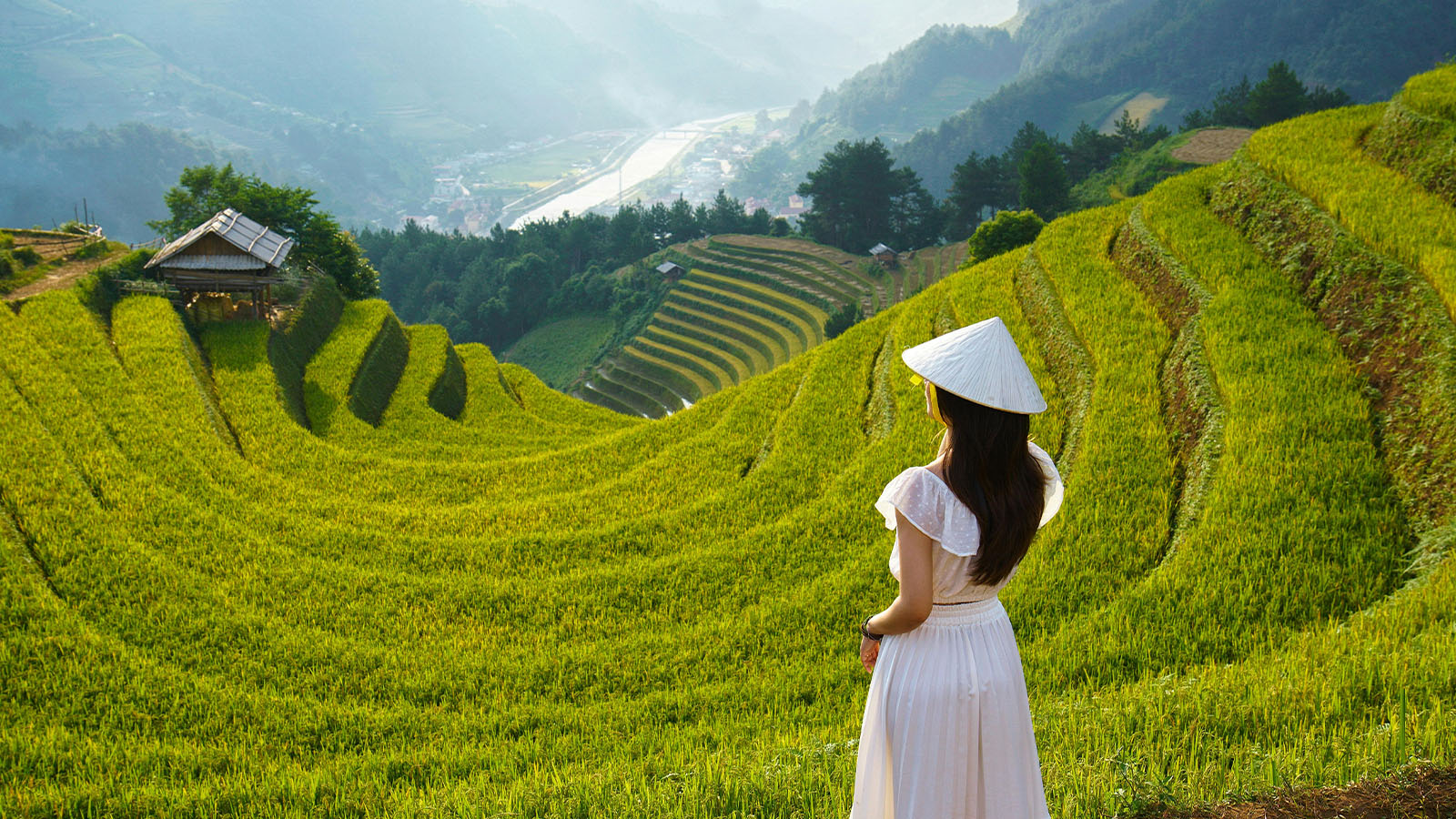




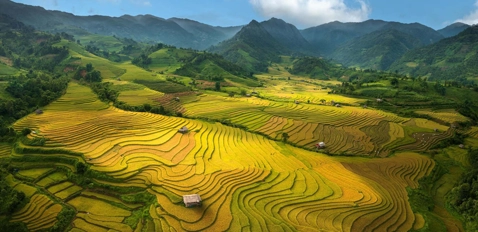

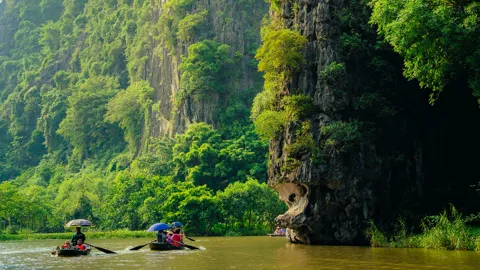




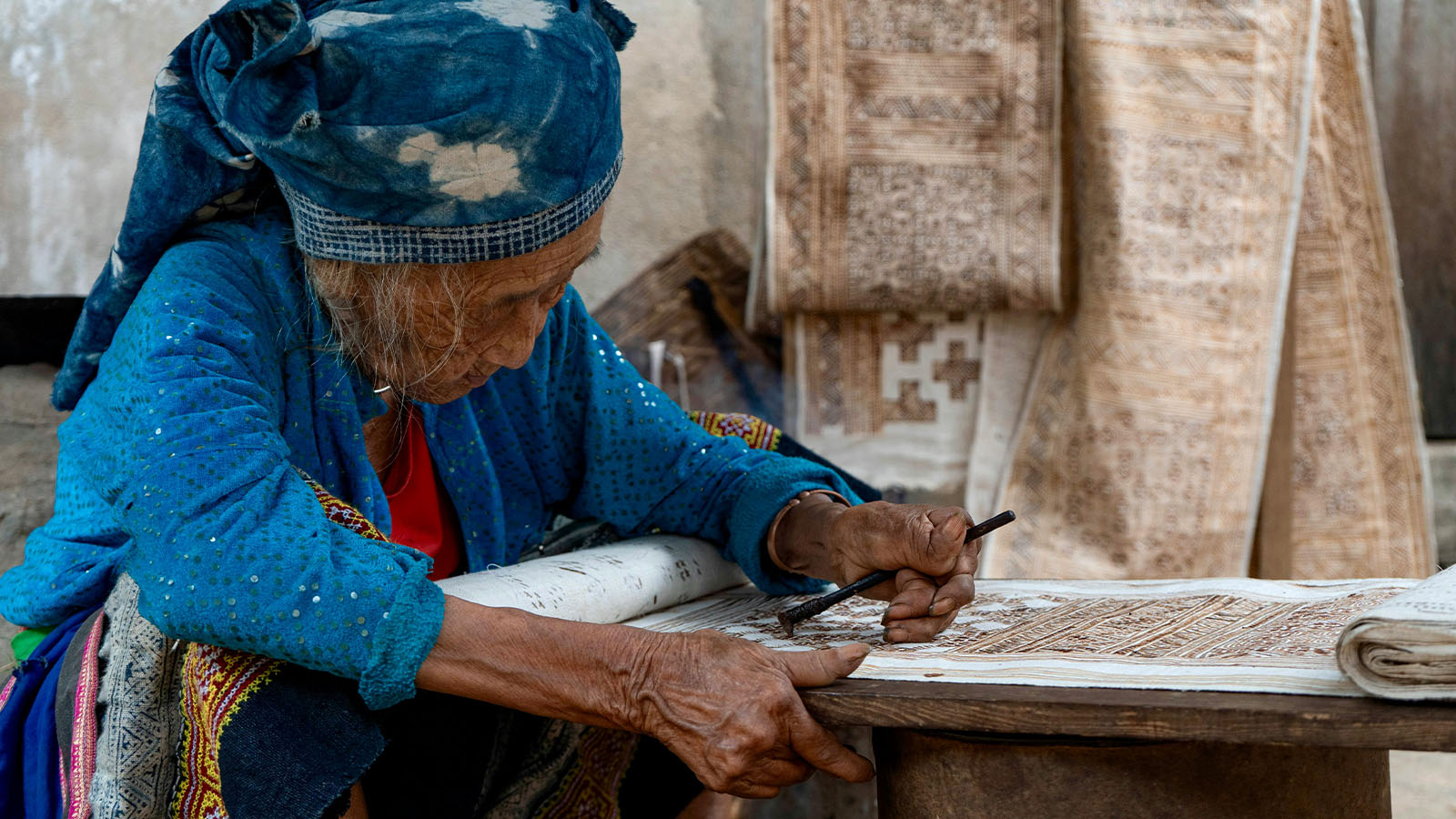
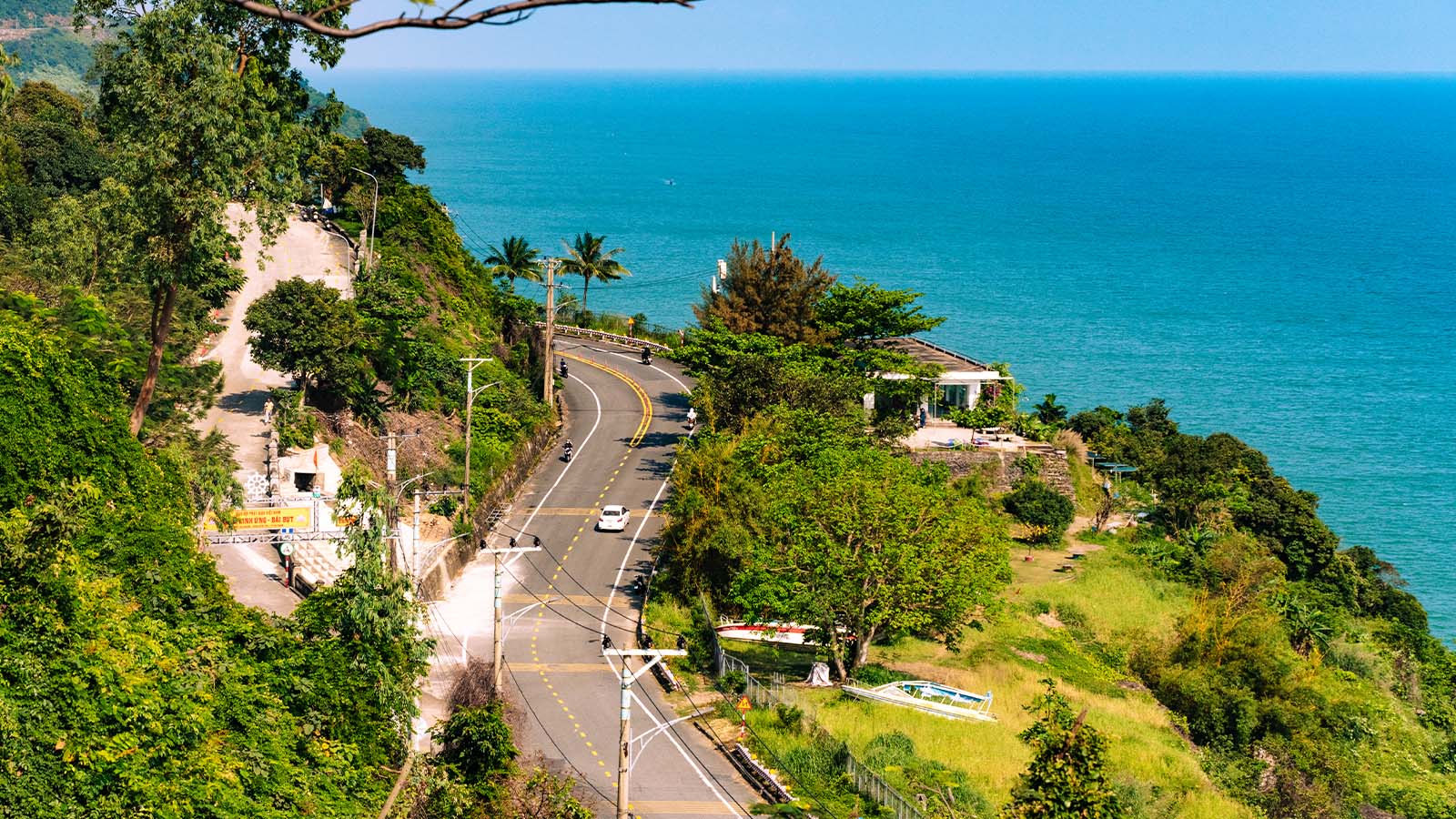

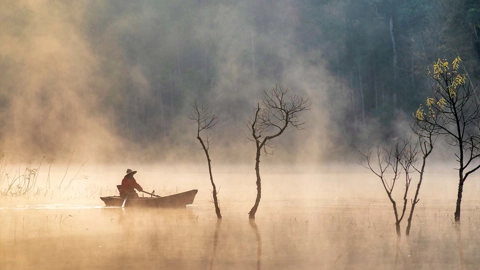

















Comment